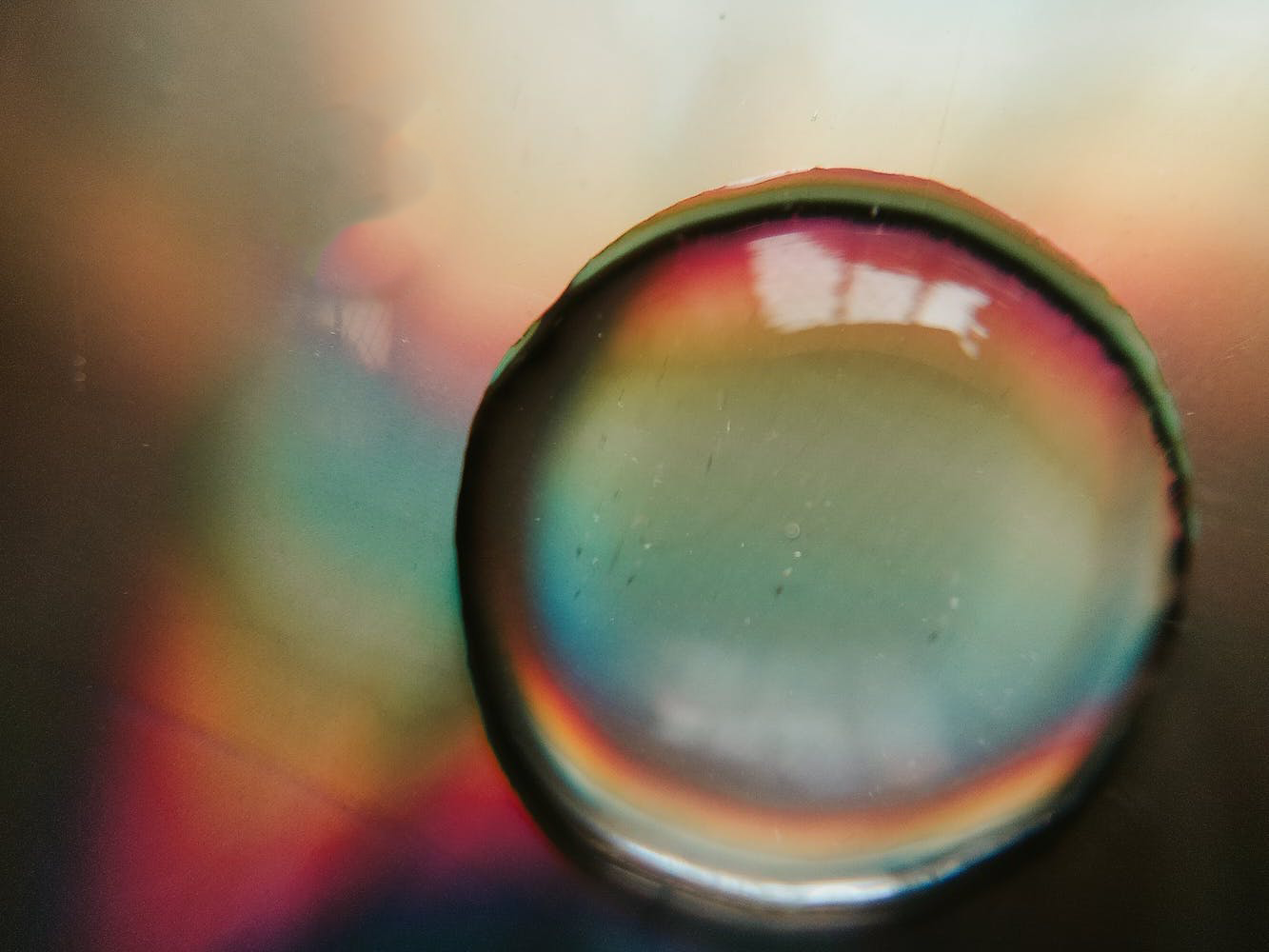
OLIS UPCYCLED PERKINELMER 983 IR
Dispersive IR instead of today's FT-IR
This model combines the high precision dispersive optics of the original PE 983 with elegant Windows 10 electro-mechanical hardware and OLIS SpectralWorks software. If you are fortunate enough to own an original model, we will upcycle yours; if you prefer this quality instead of today’s FT-IRs, you can purchase the complete 983 from us.
Standard Model Performance
Absorbance
Download Specifications
Upcycle from Standard
Accessories

"I should have done this years ago."
Patrick Dansette,University of Rene Descartes
Why Choose the OLIS Upcycled PerkinElmer 983 IR?
#1
It is a trusted resource you see no reason to replace
#2
You trust dispersive performance more than FT-IR
#3
Upcycling an instrument feels right
The great PerkinElmer 983IR upcycles to an OLIS 983 IR spectrometer
The Perkin Elmer 983 is one of the greats. Optical coating companies worldwide value this industry standard dual
beam grating spectrophotometer for measuring optical coatings in the IR region. The wavelength range is 2 to 56
microns (5000cm-1 to 180cm-1) and the ordinate accuracy is +/-0.1% for highly accurate and reliable results across
a diverse and expansive range of applications.
The original. Does it look a little dated, a little StarTrek era? It is.
The upper half is filled with failing circuit cards and an obsolete user interface.
The first step in “upcycling” the spectrophotometer is to remove (and discard) the circuitry. All of it.
The fabulous optics are now unencumbered by pre-2000 era hardware in preparation for control by 100% modern Win 10 era OLIS electronics and computerization.
Beyond the chassis, we retain only the optical train.
100% of the electronics and mechanics – the stuff which ages and fails – is removed. In their place are 2019 electro-mechanical hardware & software by OLIS, Inc.
All electronic circuit boards within the card cage, and the card cage, are removed and discarded, removing many pounds of obsolete circuitry.
The chopping motors are replaced with high precision stepping motors.
The slit drive motor and cam are removed and discarded; a precision linear stepping motor is fitted to the monochromator, so that a total of 7,200 steps are now used to drive the slits from 0.0 to 4.0 mm.
The grating table and the filter wheel stepping motors are retained, but they are now powered by all new Olis electronics.
The source’s AC transformer is removed and a new DC power supply is added.
The phase relationship between the beam splitting chopper (BSC) and the pre-sample chopper (PSC) is shifted 120°, changing the order of signals seen by the thermocouple (TC).
The modern system: Electro-mechanically simple and running under OLIS SpectralWorks instrument control and data analysis Win 10 software. The Olis software collects the correct value for %T without any adjustment or calibration
Shown from the front, with the electronics layer and microprocessor removed, now a high gloss black:
Shown from the back. The six cables link to the new OLIS electronics, which is housed external to the optical bench for convenience in access for any future diagnostics or repair.
We change nothing about the sample compartment, unless asked to.
ALL accessories used on an original PE 983 can be retained.
Any required accessories by Harrick, Pike, InfraSpec, OLIS & elsewhere can be added.
One example accessory: OLIS computerized variable angle thin film holder, accommodating round or rectangular film and filters from thinnest to multiple centimeters, shown with a 25 mm round filter in place.
It is obviously advantageous to work with the units you own. It can be hugely gratifying to put a beloved and obsolete instrument on a truck, only have it return weeks later looking like it is fresh off the factory floor. Which is really is, in all important ways. From the fresh powder coating of the exterior to the new mirrors and/or recoated gratings, the instrument matches all new specifications. And, it does so with a marvelous user interface.
If you need a complete system from us, light a candle that we have one in stock. Since they are so highly valued, finding folk willing to part with theirs is tough. Sometimes we have one in stock. And sometimes we don’t. Call.
If you have a spare to use as trade-in or for us to purchase, call.
Fred Goldstein’s Filmstar Measure software is retired along with the original electronics. FilmStar Design can be used with OLIS SpectralWorks data files.
Two short videos show the OLIS software running and collecting spectra; and the OLIS variable angle thin film holder https://www.youtube.com/results?search_query=olis+983
https://www.youtube.com/watch?v=CJhalaO0vFA
The PE 983 is equipped with a thermocouple detector and a high-gain detector signal amplifier. By photodiode standards, the response time of the detector system is very long; the system responds to the (instantaneous) change in light intensity by exponentially slewing to the appropriate output level. The rate of change is about 85 s-1 (time constant 12 milliseconds). Thus, the time to settle to the level appropriate to the light intensity is about 40 milliseconds if one wants the output to be at least 95% of the amount that is expected. However, the PE 983 operates with a 30 Hz chopper, which means that light switching occurs every 16.7 milliseconds; and the slow response of the detector system means that the signal from the detector has reached about 75% of the expected level, at which point the choppers switch the light and the detector exponentially slews to the new level. Since the detector’s output never reaches the true level, the correct value for the transmission of a sample cannot be computed directly. The %T scale of the instrument must be “calibrated”, since calculation cannot produce the correct answer from incorrect raw values.
The original Perkin-Elmer 983 IR spectrophotometer uses an AC synchronous motor for its beam splitting chopper (BSC) and another for the pre-sample chopper (PSC). The BSC operates at 30 HZ and the PSC at 10 Hz. Considerable circuitry and firmware are used to ensure that the choppers are running in synchrony so that the switching among sample beam, reference beam and dark periods is known and stable.
The new OLIS 983 uses dedicated microcomputers to control the new stepping motors. Now, the BSC operates at 12.5 Hz and the PSC at (12.5/3) Hz. If the two motors start out of sync, the PSC motor is slowed gradually until the two motors come into the correct phase, at which point the PSC is restored to its normal speed [(12.5/3) Hz]. This computerized operation and synchronization of the two choppers is direct, exact, reliable, and reproducible. The BSC speed of 12.5 Hz allows collection of 2 data points per second.
The Perkin-Elmer 983 produces a certain sequence of signals (figure 1) at the detector as the two choppers operate (Ref1, DarkS, Ref2, Sam1, DarkR, Sam2; see page 3.2 of the PE 983 service manual, figure 3-9). With this sequence used, collection of R and S signals is widely separated in time, so that errant signals are collected for R and S if the detector signal is changing, as it does during filter or grating changes.
The OLIS 983 uses a shifted sequence (Ref2, Sam1, DarkR, Sam2, Ref1, DarkS). In the new sequence, collection of S and R signals are as close together in time as possible, greatly minimizing errors if the detector signal is changing.
In the OLIS 983, the original coarse and fine position sensors at the grating table are retained and used. Now, however, a simple gate presents a signal to the controlling microcomputer when coarse AND fine sensors are both active. The grating table position is thereby determined very precisely. All subsequent movement of the gratings are based on this “calibration” point. The table rotates 0.002 degrees per motor step, maintaining the same step resolution as the original.
Polystrene on OLIS 983IR
Upcycling PerkinElmer 983IR to an OLIS 983 IR Spectrophotometer
The PerkinElmer 983 IR is one of the greats. Optical coating companies worldwide value this industry standard dual-beam grating spectrophotometer for measuring optical coatings in the IR region.
Read more about how OLIS takes this valuable resource and upcycles it into Windows 10 compatibility.



















